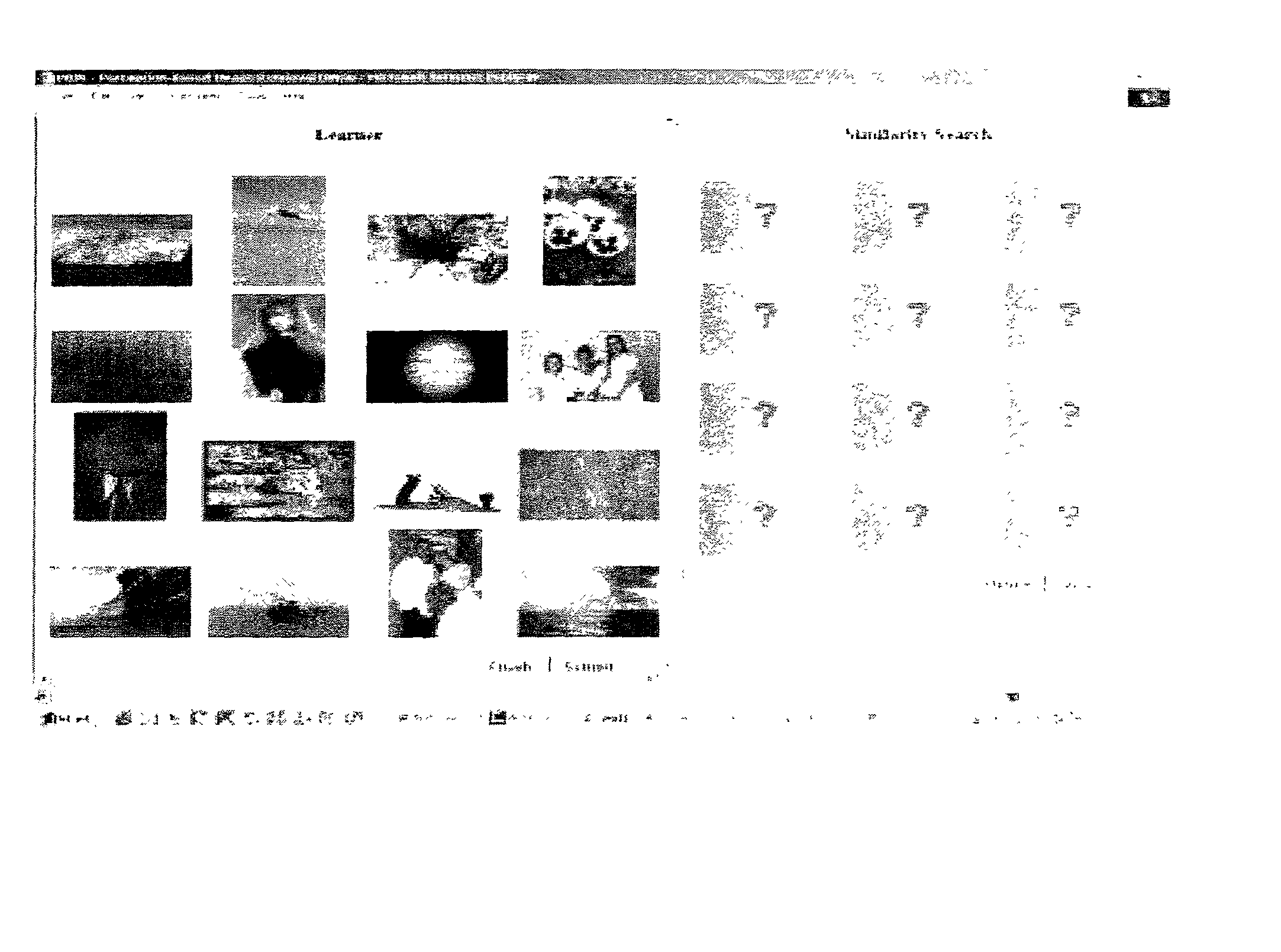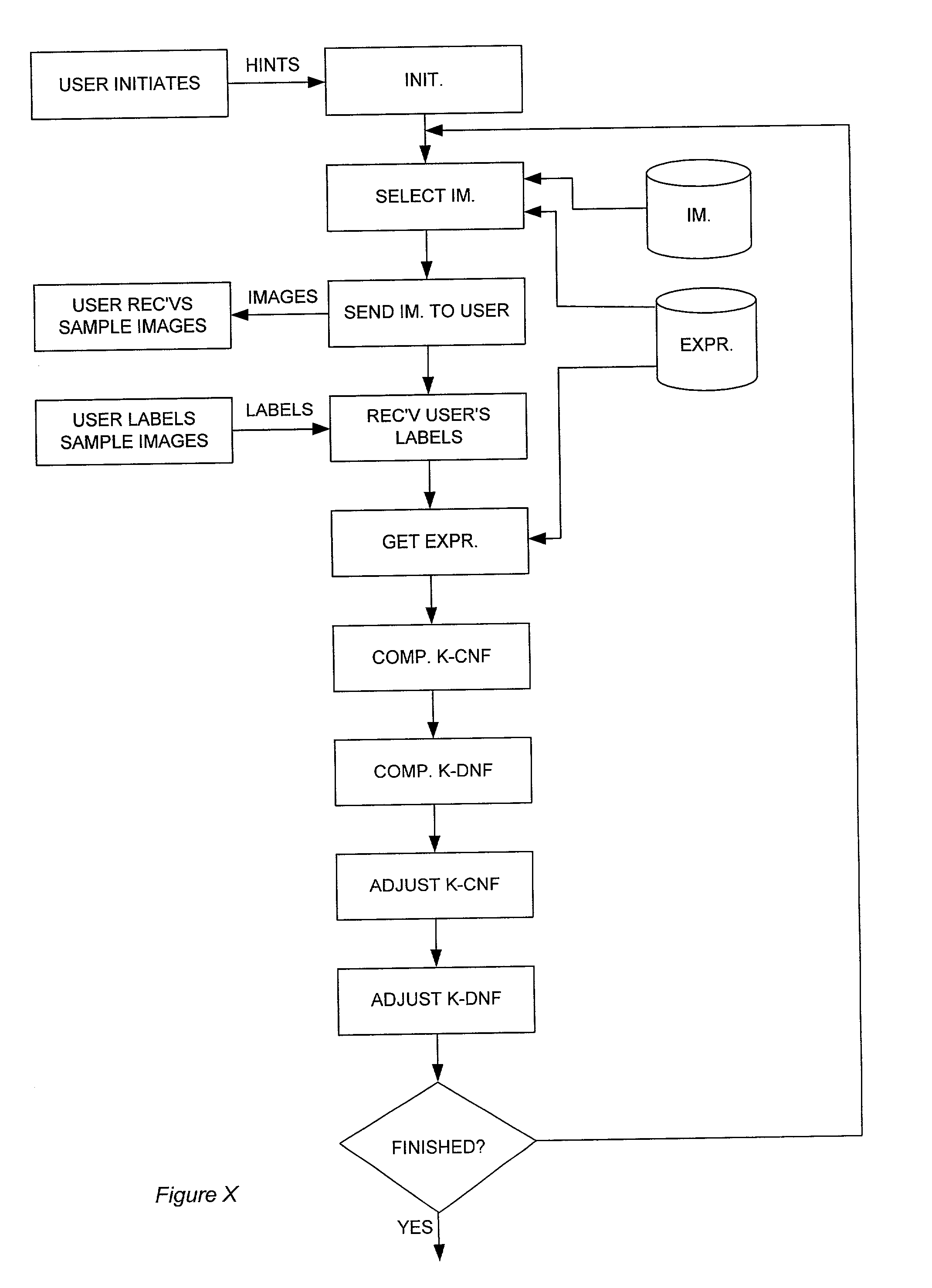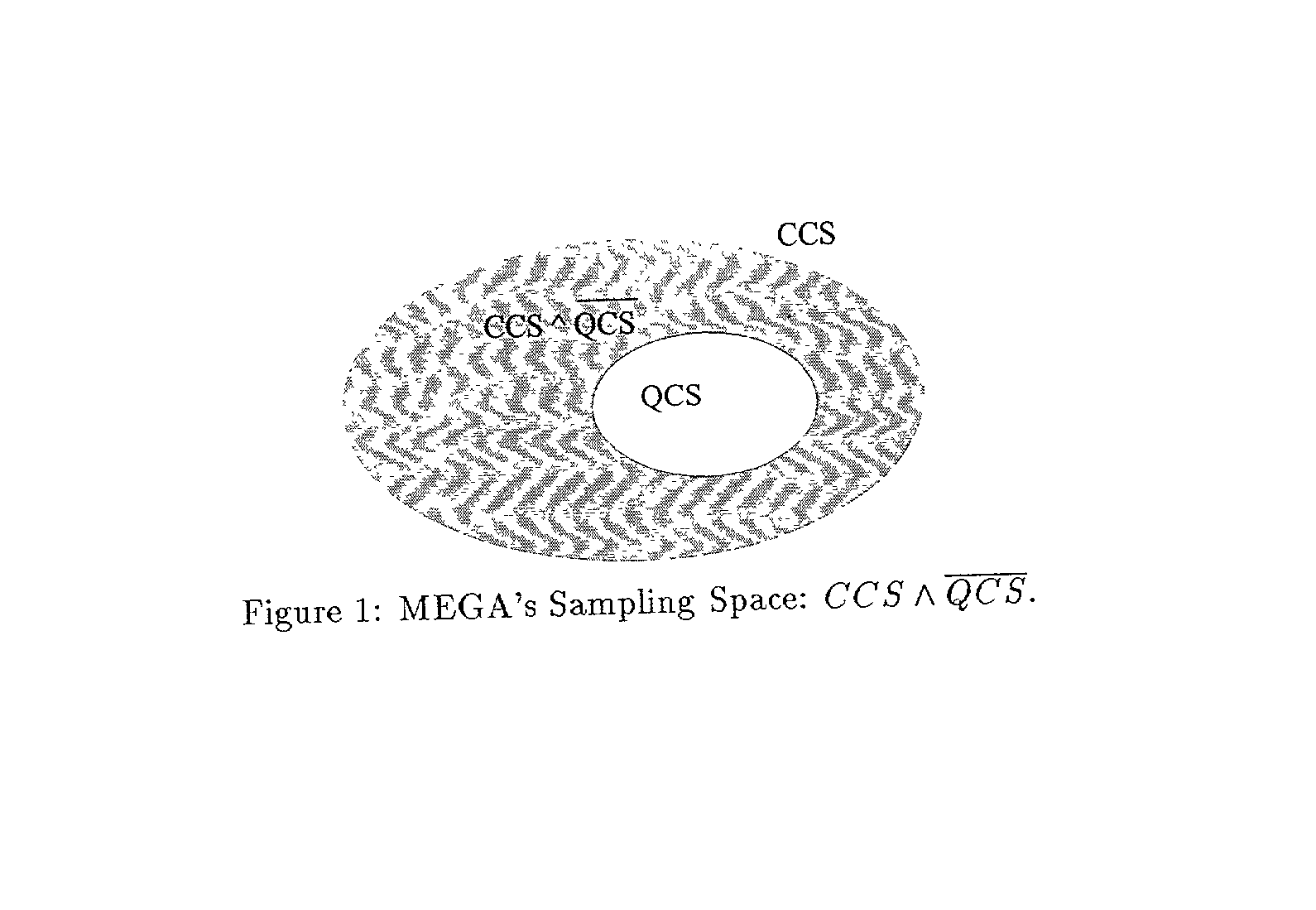Maximizing expected generalization for learning complex query concepts
a query concept and expected generalization technology, applied in the field of information retrieval, can solve the problems of difficult articulation of query concepts, inability of database systems to effectively conduct a search, and subjective articulation
- Summary
- Abstract
- Description
- Claims
- Application Information
AI Technical Summary
Problems solved by technology
Method used
Image
Examples
Embodiment Construction
[0171] Below we show a toy example problem that illustrates the usefulness of the MEGA query-concept learner process. We will use this simple example to explain various aspects of our sampling approach and to contrast our approach with others. This example models an college admission concept that consists of a small number of Boolean predicates. (MEGA also works with fuzzy predicates.)
[0172] Suppose Jane plans to apply to a graduate school. Before filling out the forms and paying the application fees, she would like to estimate her chances of being admitted. Since she does not know the admission criteria, she decides to learn the admission concept by induction. She randomly calls up a few friends who applied last year and obtains the information shown in Table 1.
3TABLE 1 Admision Samples. Name GPA GRE Has Publications? Was Admitted? Joe high high false true Mary high low true true Emily high low true true Lulu high high true true Anna low low true false Peter low high false false Mi...
PUM
 Login to View More
Login to View More Abstract
Description
Claims
Application Information
 Login to View More
Login to View More - R&D
- Intellectual Property
- Life Sciences
- Materials
- Tech Scout
- Unparalleled Data Quality
- Higher Quality Content
- 60% Fewer Hallucinations
Browse by: Latest US Patents, China's latest patents, Technical Efficacy Thesaurus, Application Domain, Technology Topic, Popular Technical Reports.
© 2025 PatSnap. All rights reserved.Legal|Privacy policy|Modern Slavery Act Transparency Statement|Sitemap|About US| Contact US: help@patsnap.com



